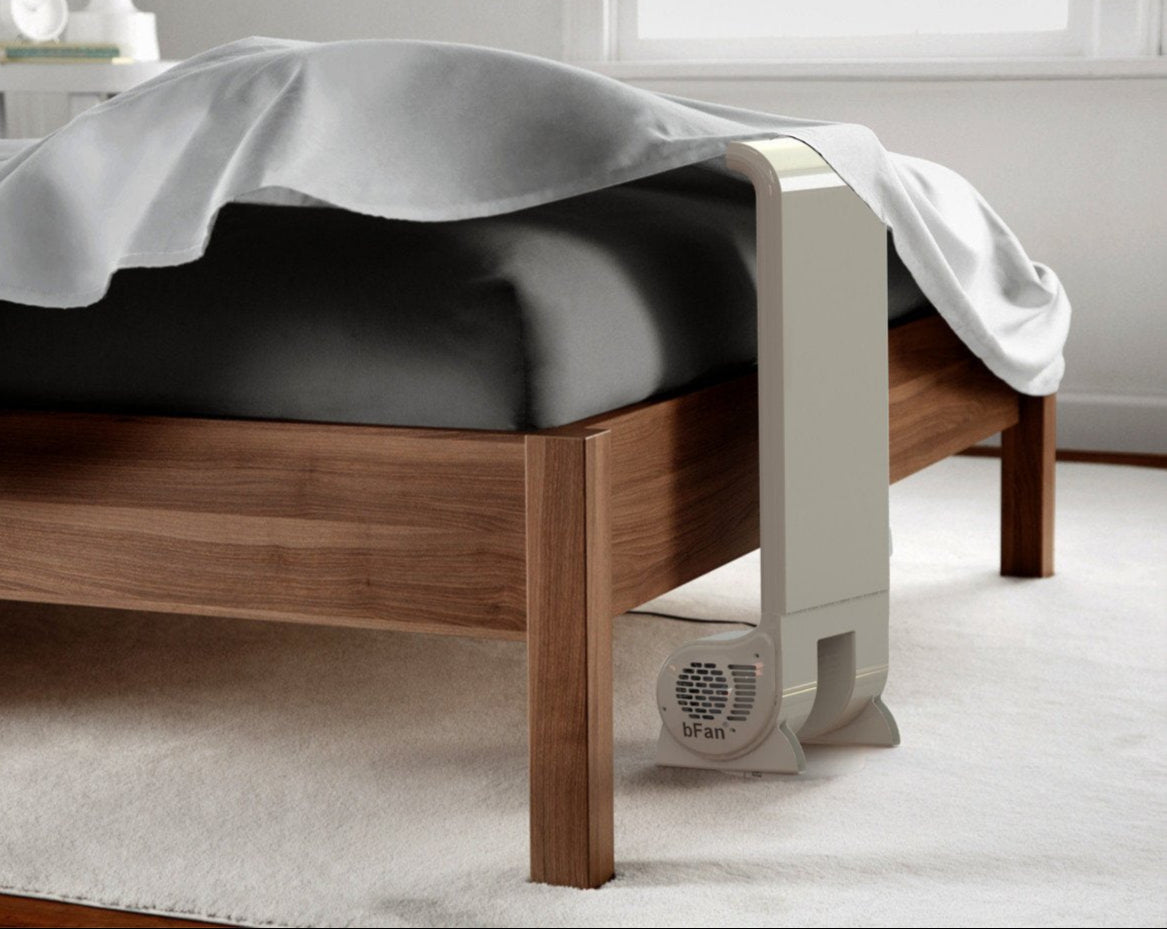Sleep Walking
Most of us know someone who sleepwalks on the regular- you might even be that person! Sleepwalking, formally called somnambulism, is a very strange parasomnia, which can lead people to do things that are very out of the ordinary for them. Whether that be eating food in their sleep in the middle of the night, or walking down the road and putting themselves in dangerous situations. Some people have actually even driven while being in a state of sleepwalking. We are going to cover what sleepwalking looks like, its causes, and sleepwalking treatment.
What Does Sleepwalking Look Like?
Someone in a sleepwalking episode typically has wide open, glassy eyes and a blank expression on their face. As noted earlier, sleepwalking is also not just walking- it can be running, violent, or include urination in inappropriate places. It usually happens an hour or two after the sleepwalker goes to sleep. The sleepwalking person rarely remembers what happened during the seconds to half-an-hour long episode. They either return to bed and continue sleeping or wake up out of bed and be confused as to where they are and what’s happening. (Sleep Foundation)
Sleepwalking Causes
Sleepwalking is a parasomnia, described specifically as a disorder of arousal. It occurs during the deepest stage of non-rapid eye movement (NREM) sleep. Sleep terrors also occur during NREM sleep, so the two can occur at the same time. (MayoClinic) Sleepwalking causes can be attributed to several other health conditions such as sleep-disordered breathing, like obstructive sleep apnea. Gastroesophageal reflux disease (GERD) can affect sleepwalking and there is alcohol induced sleepwalking. Medications used for psychiatric disorders and sedatives can worsen or cause sleepwalking. A consistent lack of sleep can cause the body to need more deep sleep, which can make sleepwalking more likely to occur.
Sleepwalking Treatment
Most people who sleepwalk don’t require any kind of treatment for it. It’s more common in children than adults as it usually becomes less frequent as you get older. Those who do have some treatment for it are generally children whose parents use the anticipated awakening method. This method has the parents wake the child before the anticipated time when they are going to sleepwalk. This is easy to calculate because it occurs in the same sleep stage each time. It has been shown to be effective in children, but has yet to be tested in adults.
Other measures can be taken to try and lessen sleepwalking, such as improving sleep hygiene and atmosphere. Consumption of alcohol or caffeine near bedtime can cause disturbances in sleep which may be linked to sleep problems that can worsen sleepwalking. Learning more about sleep hygiene and how to improve it is a good place to start if you or someone you know is struggling with sleepwalking.
If you’re trying to help someone who sleepwalks, the best that you can do is eliminate safety risks in the area where they may be while sleepwalking. Putting away sharp objects, removing tripping hazards, and latching doors and windows securely can all help keep a sleepwalking person safe.
If the sleep walking is happening multiple times a week or resulting in dangerous activity, you should reach out to a doctor.
https://www.mayoclinic.org/diseases-conditions/sleepwalking/symptoms-causes/syc-20353506
https://www.sleepfoundation.org/parasomnias/sleepwalking
Share

